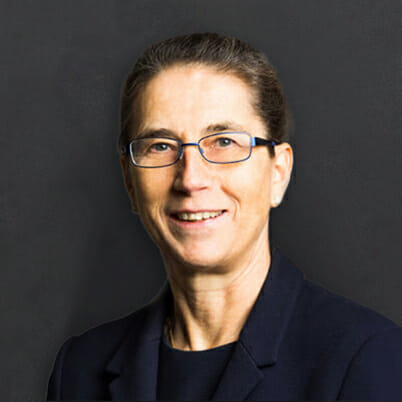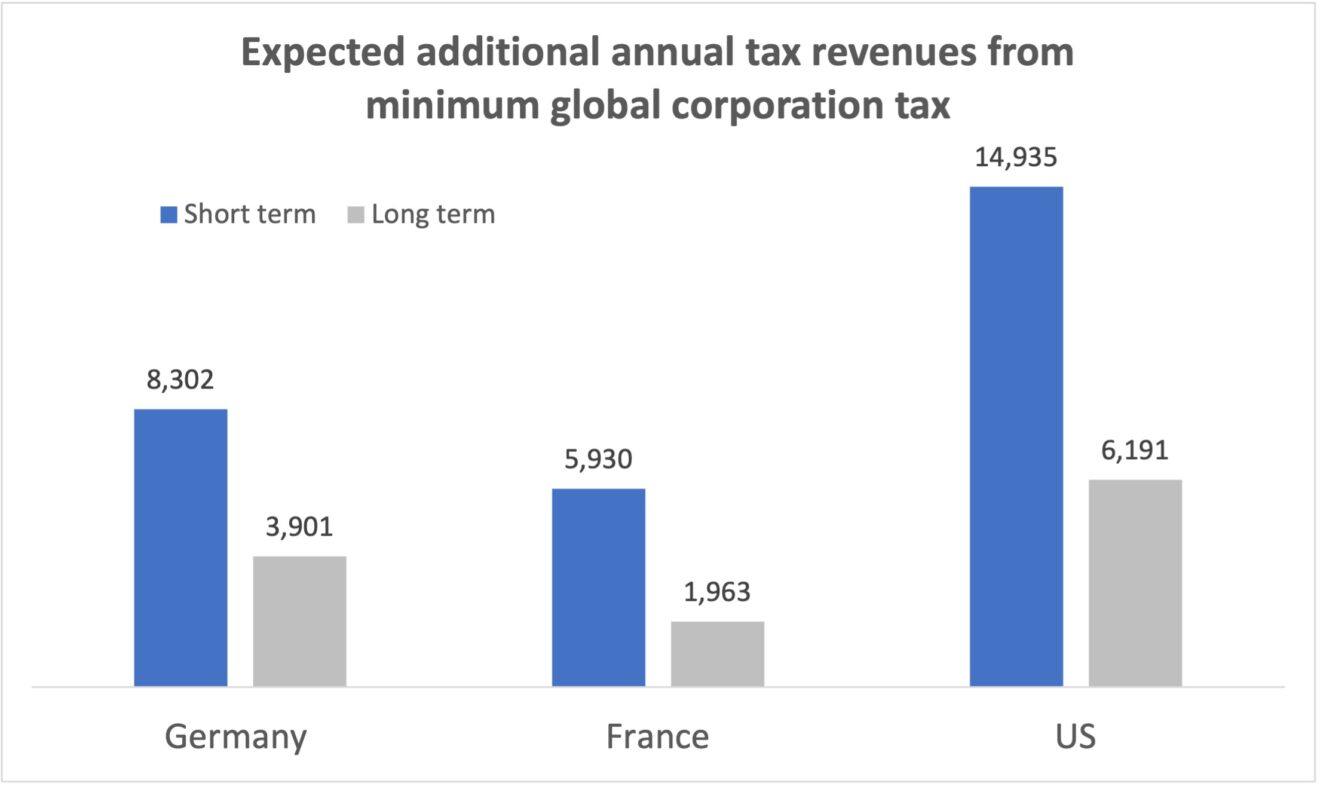
Perhaps more than any other area, it is the constant challenge of the trustees of private trusts to meet new circumstances with old tools. A typical family trust may have been settled decades in the past and over its lifetime there will be inevitable changes in societal and moral attitudes, and in technological and medical advances. Yet, trustees must act in accordance with the terms of their trust which will have been stipulated at the time the trust was settled. This divergence between the original purpose and terms of the trust when it was settled (affected by the social mores when it was settled) and later developments in the way in which we live our lives (and what is acceptable in that connection), will continue to create challenges for trustees in the administration of family trusts in the future.
This article discusses two key challenges for trustees which in our view are likely to take centre stage in the not-too-distant future. First, we consider the long-standing challenge for trustees of private trusts in responding to developing aspects of modern families: many trusts are settled for the benefit of X’s issue; but what issue means has changed over time. Does it, or will it come to, include children born through surrogacy arrangements? Secondly, we consider the increasing focus on ESG considerations in investment decisions: are trustees of private family trusts safe to prioritise ESG factors when deciding how to invest the trust’s funds? We conclude by considering the difficulty created for trustees by developments which were unforeseen when the trust was settled, in the light of the trustees’ duty to administer the trust in a way which is consistent with the settlor’s purpose and intentions when it was settled (before these new developments were known or anticipated).
Traditional trusts, modern families
Family trusts are generally established for the benefit of the settlor’s children and remoter issue (sometime including spouses, sometimes not). But who are, and who are not, the settlor’s issue? The answer to this question has changed over time as attitudes and medical technologies have developed.
Until relatively recently “issue” included only legitimate, biological descendants. In most jurisdictions that common law rule has now been reversed by legislation which abandons any distinction between legitimate and illegitimate children[1]. Similarly, the position of adopted children has been changed by legislation: under the English Adoption of Children Act 1926 (s.5(2)) dispositions in favour of children did not include adopted children. That rule was reversed by s.39 of the Adoption Act 1975, which provided that dispositions to children (made after the Act came into force) included adopted children. The statutes which effected these changes, however, do not generally have retrospective effect, and do not therefore abrogate the common law (or previous statutory) rule in relation to dispositions onto trust made prior to the date on which they came into effect. Thus, an English trust settled prior to 1988 for the benefit of a settlor’s issue should be construed (absent anything to the contrary in the trust instrument) as being for the benefit of a settlor’s legitimate, biological issue only.
However, the English Court has shown a judicial distaste for treating children of trusts made before these Acts came into force differently from children of trusts made after they came into force; a distaste so strong that it has led the English Court effectively to ignore the express provisions in these statutes which clearly apply the statute only to instruments or dispositions made after the Act has come into force. This has been achieved by reference to the European Convention for the Protection of Human Rights and Fundamental Freedoms and the Human Rights Act 1998 which require the English court to read legislation in a non-discriminatory way.[2] The reasoning by which the desired result was achieved in Hand v George is in our view open to challenge and there may well, therefore, continue to be arguments over whether illegitimate or adopted children are included in the beneficial class of trusts created before the Family Law Reform Act 1987 and the Adoption Act 1975 (respectively)[3] came into force until the issue is resolved at an appellate level.
Surrogacy is a relatively new – and, in some jurisdictions, controversial – method of reproduction. It is on the increase.[4] It can be conducted in a way which means that neither of the intended parents has any biological connection with the child born as a result of the surrogacy arrangement, and it is not uncommon for such arrangements to be made abroad, particularly in certain US states[5]. US “non-commercial” surrogacy arrangements (non-commercial surrogacy being accepted in some jurisdictions, whereas commercial surrogacy is not) can look very like commercial arrangements. In some jurisdictions (e.g. Hong Kong) involvement in a commercial surrogacy arrangement is a criminal offence.
A surrogacy agreement will generally set out the parental rights as between the parties involved (the surrogate mother and her husband (if she is married) on the one hand and the intended parents of the child on the other) and in some US states[6] the Court will often be asked to, and does, make an order declaring that the intended parents under the surrogacy agreement are the legal parents of the child born of the surrogacy arrangements, and the surrogate mother and her husband (if there is one) have no parental status.
However, whilst such agreements and orders mean that there is no doubt over the identity of the parents of the child born as a result of these surrogacy arrangements in the jurisdiction in which the parentage order is made, such parentage orders may well not assist in establishing that the child is a child of the intended parents for the purposes of a trust governed by the law of the BVI, Cayman, Bermuda or elsewhere.
This interesting and novel issue came before the Eastern Caribbean Supreme Court (BVI) in O Trustee v Q.[7] There, children had been born through surrogacy arrangements in California and Texas. The intended mother did not, but the intended father did, provide gametes for the conception of the children. The intended parents’ place of habitual residence was Hong Kong. The trust, settled by the intended father some years earlier for the benefit of (inter alios) his children, was governed by the law of the BVI. The intended parents had US court orders declaring they were the parents of the children. However, the BVI Court refused to recognise the US orders or to recognise the children as children of the intended parents, and rejected the human rights arguments which were made to it. On the basis of the reasoning in this case, it is likely to be difficult to establish that children born as a result of a foreign surrogacy arrangement are issue of either of the intended parents for the purposes of an offshore trust, even where there is a foreign order declaring those children to be children of those (intended) parents.[8]
We think it likely that this uncertainty, coupled with the unlikelihood of legislation catching up with the developments in human reproduction and the increase of surrogate births, will spawn a significant area of substantial trust litigation, particularly for international families and international trusts. Absent an (unlikely) international convention dealing with the legal treatment of surrogacy (on which international views vary significantly) we think that the position will remain uncertain for the foreseeable future. In particular, the question of whether children born of surrogacy arrangements are children for the purposes of a trust governed by a law different to the law governing the surrogacy, will almost inevitably require reference to the courts.
ESG
Environmental, social, and governance issues (ESG) have become increasingly central to the work of corporate directors, with activist shareholders attempting to pressurise directors into prioritising ESG. It was inevitable that similar issues would arise for trustees, and they have. Trustees are coming under pressure from beneficiaries to consider ESG factors, or otherwise apply moral judgments, when making their investment decisions. But can they, and if they can, should they, be influenced by such factors?
The essential duty of a trustee is to look after the trust assets in the best interests of the beneficiaries. The trustee’s power to invest the trust assets has traditionally been understood as a duty to maximise financial returns (famously, the trustees of a pension fund for coal miners were not permitted to exclude investments in industries competing with coal[9]). However, the position has never been quite that simple and non-financial factors have always been potentially relevant considerations depending upon the circumstances. The decision of the English High Court in Butler-Sloss v The Charity Commission[10] has been interpreted as signalling a greater ability (though not duty) for charitable trustees to adopt ESG-based investment policies, but how far is the reach of this decision?
Butler-Sloss was a case involving a charitable trust, which had environmental protection as one of its charitable purposes. The trustees successfully obtained the Court’s approval for an investment policy which excluded investments deemed non-compliant with international agreements on climate change (which had the effect of excluding over half of publicly traded companies and many funds from the trustee’s investment purview). Given that the trust’s charitable purposes included environmental protection, it is understandable that the Court approved a decision to prioritise that purpose over returns. English law does not permit non-charitable purpose trusts but in jurisdictions that do (e.g. Bermuda), Butler-Sloss may provide a basis for the prioritisation of purpose-based, non-financial, factors (including ESG) in investing the trust assets.
In addition to Butler-Sloss (for charitable trusts) English law has moved convincingly towards a position of permitting[11] (if not requiring[12]) the prioritisation of ESG factors by trustees of pension funds. However, pension trusts are heavily regulated by statute and regulations. The liberalisation of ESG considerations for pension trustees is part of the specific statutory and regulatory regimes for pension trusts and therefore it would not be safe, in our view, for a trustee of a private, family trust to prioritise ESG factors in its investment decisions in reliance on the statutory regime permitting that course for pension trustees.
The question therefore remains: are trustees of traditional private family trusts entitled to pursue ESG, or other moral or social, goals in preference to maximising financial returns. In our view they are not, absent specific terms in the trust instrument so directing them[13], or rather that if they do they will risk breaching their duty to act in the best interests of the beneficiaries (whatever some, or even all, of the adult beneficiaries of the trust may be saying to them). This therefore raises additional challenges for trustees, who may find themselves in the position of having to explain to vociferous beneficiaries that they cannot prefer ESG investments simply on the basis of the ESG credentials, of reminding such beneficiaries both of their duties as trustees to act in the best interests of the beneficiaries as a whole, not just the loudest, and that the views and preferences of beneficiaries on non-financial matters may reasonably differ. If not managed well, litigation is likely to result. Communication with, and explanation to, the adult beneficiaries is likely to be key in avoiding fall out on this issue, and the beckoning of the doors of the Court.
How can we move forward if we’re stuck in the past?
In the discussion above, we have identified a couple of challenges which we think are increasingly likely to face trustees in administering trusts in a changing world. In some cases the uncertainties for trustees which developments in medicine and technology raise are removed by legislation. However, where that is not the case trustees have to administer the funds which have been entrusted to them on the basis of the terms which were fixed when the trust was settled. Partly in order to future-proof trusts in response to such problems, it has become common to try to build flexibility into trusts by including powers to amend the trust instrument, and powers to add and remove individuals from the beneficial class.
However, powers are enabling: they are given to trustees in order to enable them to perform their function of administering the funds they have been given on the terms of the trust. They are not given to enable the trustees to change the nature of the trust entirely (unless that is expressly the purpose for which powers are bestowed). Such powers can therefore only be exercised by trustees for the purpose for which they were conferred in the first place. Whilst in practice powers of amendment, addition and removal of beneficiaries were being used to achieve results which the settlor probably never contemplated or intended, that practice has been called into question by the Privy Council’s recent decision in Grand View Private Trust Company v Wong.[14] That decision made clear that trustees must exercise the powers bestowed on them by the trust instrument for the purposes of achieving the purpose for which the assets were originally given to them on the terms of the trust. That purpose must be assessed at the time the trust is created, by reference to its terms. Grand View v Wong concerned the trustees of a private family trust exercising powers to remove all members of the family as beneficiaries, to add the trustees of a purpose trust (from which no family member could ever benefit) and to distribute the entire trust fund to the trustee of that purpose trust. The Privy Council decided that in so doing the trustee had exercised its powers for a purpose for which they were not bestowed such that the exercise of the power was (on the authority of Cloutte v Storey[15]) void.
This return to orthodoxy means that trustees must always be mindful of the original purpose of the (economic) settlor’s gift of funds onto trust: what did the settlor intend when he settled his wealth on the terms of the trust? and is what I am proposing to do in furtherance of that purpose? must be the questions uppermost in trustees’ minds when they come to exercise their powers. We don’t suggest that that is an easy task, given that the developments we have identified above might well not have been anticipated or foreseen by the settlor when s/he settled the trust, but at the end of the day it was her/his wealth (before s/he settled it into trust) and what s/he intended should happen to her/his wealth when s/he so settled it should guide what the trustees do with it long after s/he has died.
Footnotes:
[1] From April 1988 in England and Wales by the Family Law Reform Act 1987, from 19 January 2004 in Bermuda by amendment to the Childrens Act 1998, from 1 June 2004 in Cayman by the Status of Children Act 2003, from 31 October 2014 in the BVI by the Status of Children Act 2014
[2] In re Erskine 1948 Trust [2013] Ch 135 (Mark Herbert QC), Hand v George [2017] Ch 449 (Rose J), Re JC Druce’s Settlement [2019] (HHJ Keyser QC, who described Rose J’s decision in Hand v George as “a bold approach” which “has not yet been tested in the Court of Appeal”)
[3] And their offshore counterparts in relation to trusts settled offshore
[4] On 29 March 2023 the English Law Commission reported that the number of children born from surrogacy has increased almost fourfold over the last decade (in its final recommendations for reform of the Human Fertilisation and Embryology Act 2008 and suggested draft Surrogacy Bill).
[5] E.g. New York, Texas and California
[6] E.g. New York, Texas and California
[7] VG 2021 HC 40
[8] And this position is compounded in, e.g., Cayman (for dispositions into trust prior to 1 June 2004) where s.8 of the Status of Children Act 2003 provides for irrebuttable presumptions that the gestational mother is the mother of the child and the male who is not the gestational mother’s husband but who provides male gametes for the process is not the father of the child
[9] Cowan v Scargill [1985] Ch 270
[10] [2022] Ch 371
[11] R (on the application of Palestine Solidarity Campaign Ltd) v Secretary of State for Housing, Communities and Local Government [2020] UKSC 16; [2020] 1 W.L.R. 1774, [17], [41]-[43]
[12] See for example s. 124 of the Pension Schemes Act 2021
[13] Although companies’ approaches to ESG matters may well be factors which will increasingly affect the performance of a company stocks and therefore be considered by trustees as part of normal approach to investment selection, namely assessing how a particular company’s stocks is likely to fare in the future in terms of value.
[14] [2022] UKPC 47; [2023] W.T.L.R. 149
[15] [1911] 1 Ch 18
This article was first published by IMG Trust.

Elspeth Talbot Rice KC is Head of Chambers at XXIV Old Buildings.

Ben Waistell is a commercial and chancery junior at XXIV Old Buildings.


